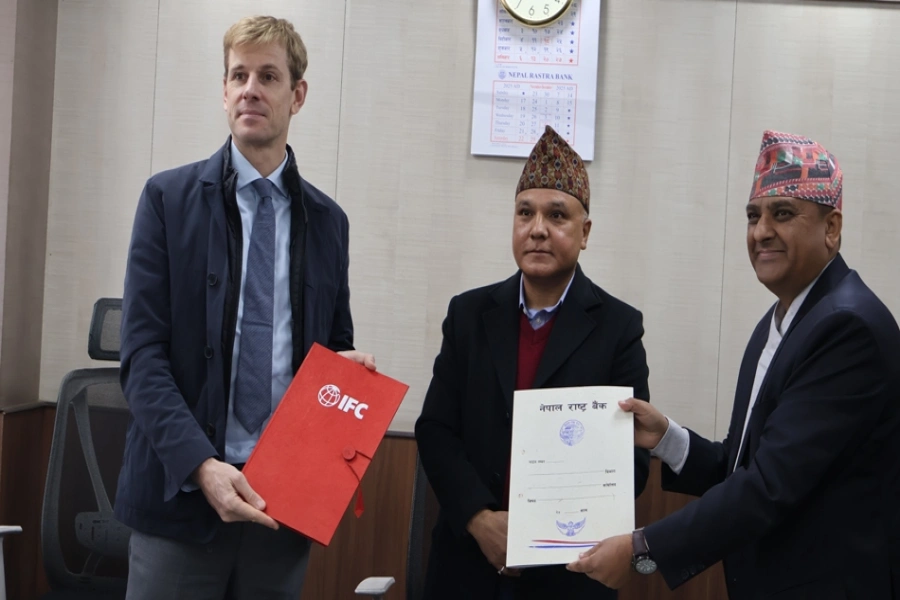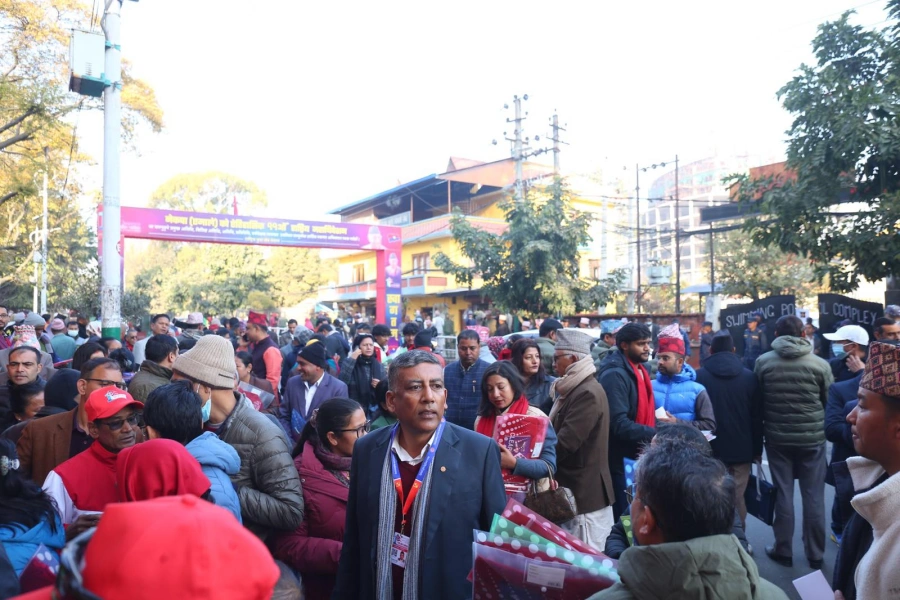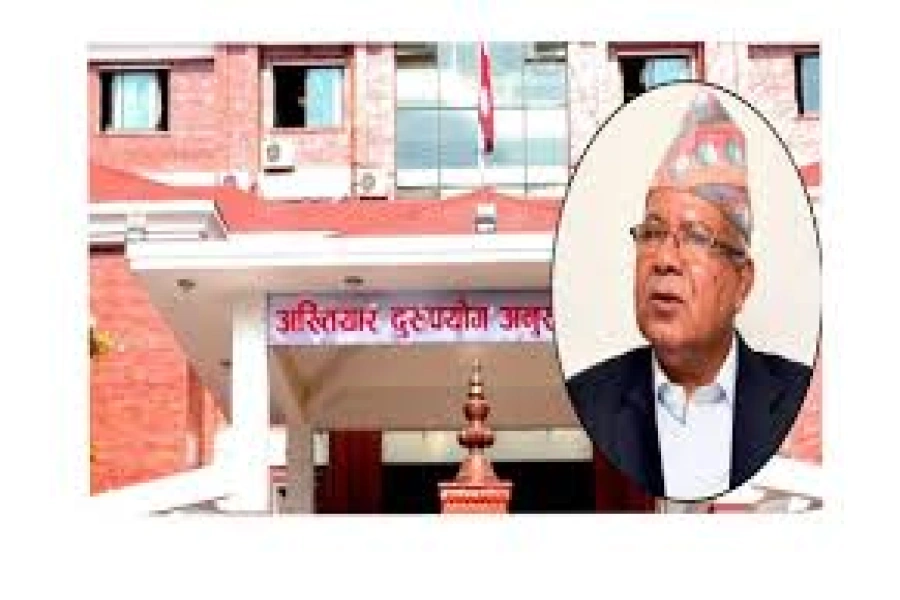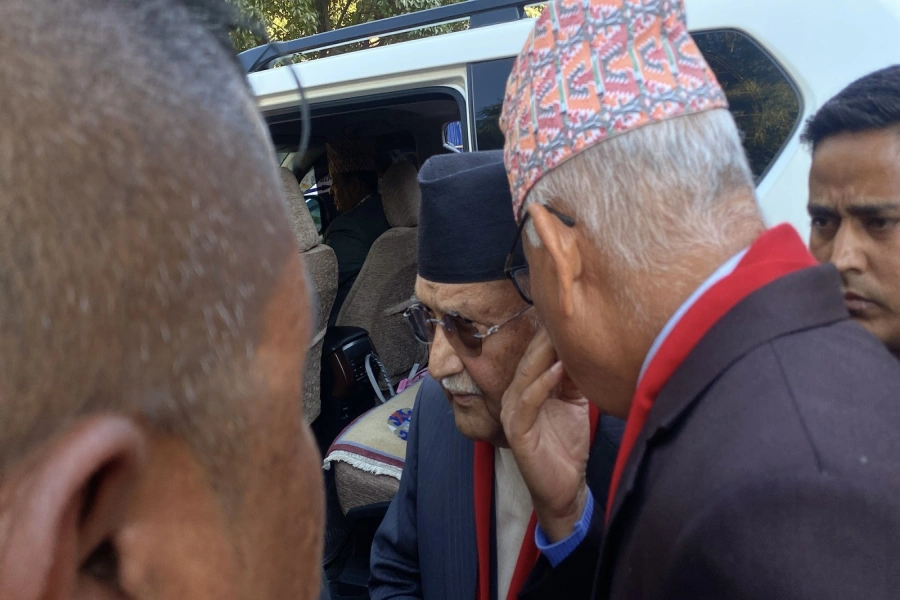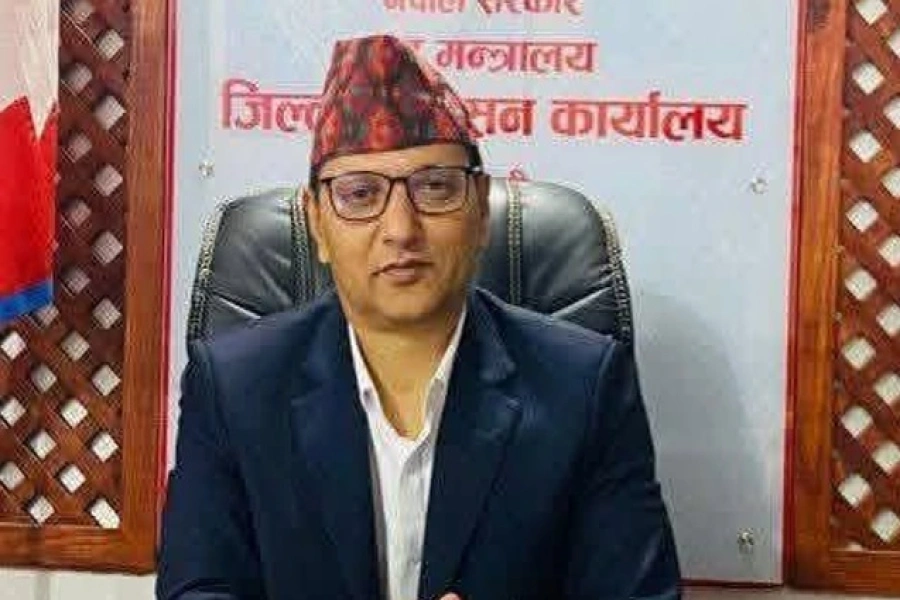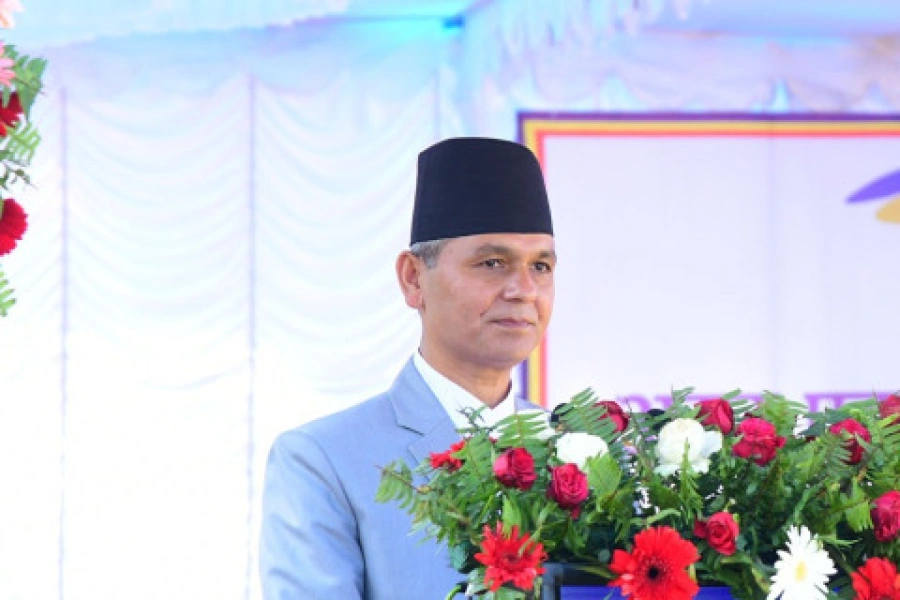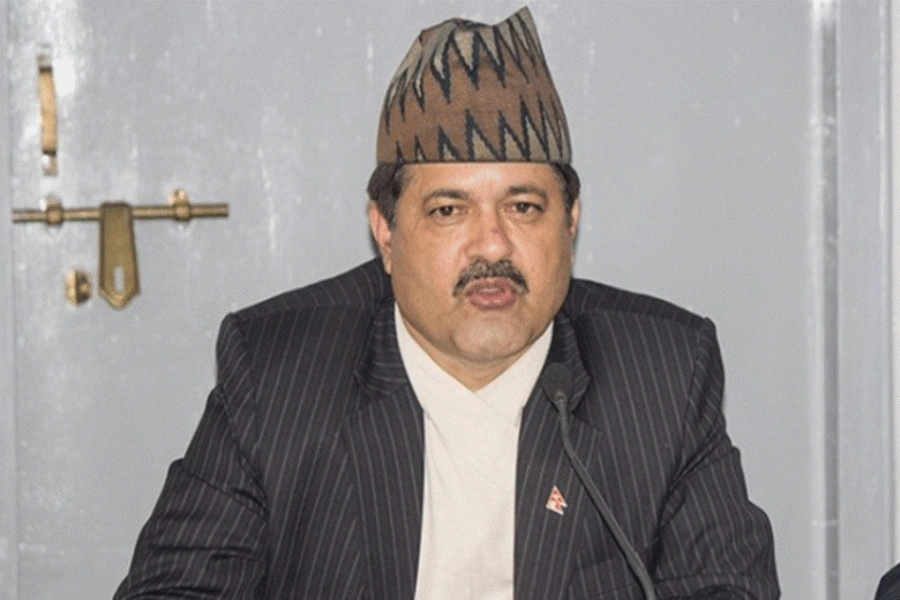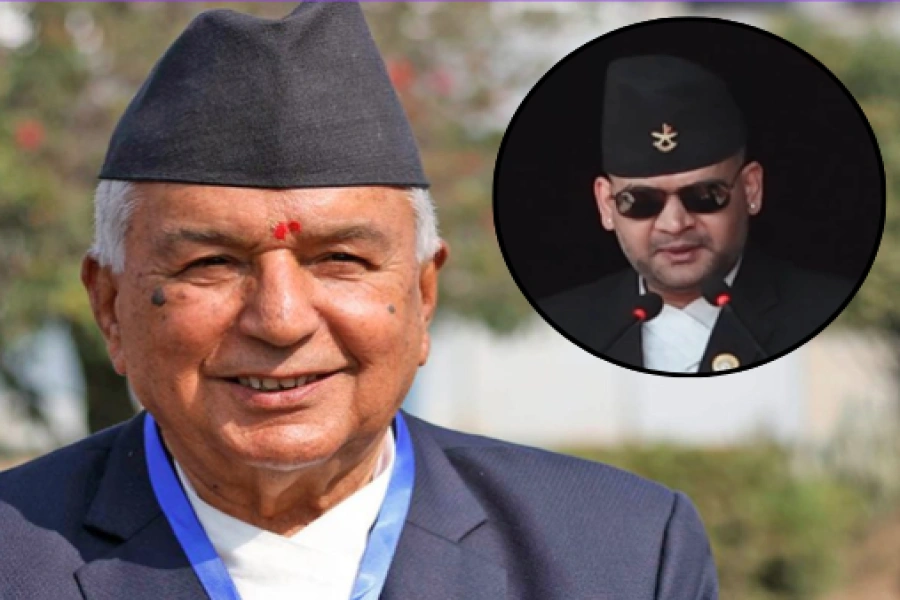The second facet of Radio Nepal is as the first ever vehicle in Nepal that defined Nepali music industry throughout the politically - charged decades.
For the first time, Radio Nepal introduced itself as the only station in Nepal that gave a platform to Nepali music and musicians. Pioneers like Setu Ram Shrestha, Hari Prasad Rimal, Janardan Sama, Dharma Raj Thapa, Koili Devi, Nati Kaji Shrestha, Tara Devi Phatteman Rajbhandari, Amber Gurung, Gopal Yonzon, Narayan Gopal, Prem Dhoj Pradhan and many others contributed to Nepali music through Radio Nepal, thus establishing the industry and leaving their music to the library of the only air station in the country.
State-owned, Radio Nepal was also the only station in Nepal that took the responsibility of music archiving of the nation. In 1984, Radio Nepal was transformed into a development committee and it also started affiliating itself to different foreign projects to ensure that it archived Nepali music professionally. While Radio Nepal claims to have the biggest musical archives protected within its station, whether or not it has been truly archiving the national property still remains a debate.
Singer Komal Oli, who has been working at the station as a news editor for 16 years, agrees that it was Radio Nepal that pioneered Nepali folk and modern music, but says the station’s music archive is haywire.
“Radio Nepal was supported by Ratna Recording Corporation. Songs used to be recorded on tape spools and cartridges. To play the cartridges, we had a special gadget. We had to make sure that the cartridges were taken care of properly. There were thousands of them in the initial years of Radio Nepal. As a singer, I have to admit that Radio Nepal has failed to maintain its library. As a result, we’ve already lost many records that can never be heard now,” Oli unveiled and added, “Despite the fact that the officials knew that the archive and library needed certain temperature to store the music items and knew the library should not be exposed to sunlight, they however remained negligent and let many records be damaged by fungi.”
Novelist and writer Peter J Karthak, who worked as a studio musician at Radio Nepal from 1965 to 1975, says that the state “lacked a proper vision” which caused the nation’s musical archive to suffer.
“I never felt the government had any planning to ensure a sense of heritage for this national and cultural entity. For decades, Radio Nepal remained as an ad hoc official propaganda tool, so it never thought about professionally archiving its recorded and acquired music. Forget about archiving, there were no adequate music instruments in my years at the station. Nati Kaji Shrestha was sent to Japan to bring instruments. He brought some Yamaha sets – two electric organs, an electric guitar with an amplifier but no sets of strings, and a drum set with two cymbals missing. Many younger and modern musicians, including myself, took our own instruments to the studio because Radio Nepal didn’t have them,” Karthak recalls.

“Royal dictatorship was colossus and the system was scary. Many songs of Narayan Gopal and Ranjit Gajmer were dragged into controversies. They were banned from being aired. Whether or not Radio Nepal still has those records is a matter of serious question. Because Radio Nepal did not do its jobs competently, Gopal Yonzon set up his own state-of-the-art recording studio in his house. Radio Nepal failed in its core jobs – such as beaming the entire country for development, going FM, having its own digital recording technology, training musicians as early as the 1970s – and we saw the disarrayed condition of its library while I worked there,” he concluded. Karthak adds that friendly nations were always ready to turn Radio Nepal into a modern broadcasting station, with funds, equipment, technology and training, but the myopic Panchayat Raj had no vision to perpetuate its own plans and policies through Nepal’s airwaves.
On the other hand, Robin Sharma, deputy executive director at Radio Nepal, refutes all accusations and says that the station is doing its “level best” to archive Nepali music.
“I’d like to refute people who say Radio Nepal hasn’t maintained its archiving. I agree there have been times when certain tracks were pulled out from the shelves. But we’ve never destroyed any collections. We’ve never mishandled our records. Today, we’re doing our best to digitalize our analog prints.”
According to him, Radio Nepal, despite being a government entity, gets minimum funds to operate, and depends on foreign aid.
“Our prime objective is to save the culture for future generations. A private collector may have as many songs of Narayan Gopal and Gopal Yonjan as we have. But who other than Radio Nepal has archived traditional Nepali tunes like the one played in Gunla festival and sankha dhun (conch shell signature tune). Which other organization and stations have preserved the authentic tunes of Bhaktapur and Patan?” he questioned.
Sharma further added that Radio Nepal is currently involved in a German project through which the station is in the process of digitalizing its analog archives. Those cartridges which were played in spool before are no more in use, but they are in the process of being rerecorded.
Sharma elaborated, “Quality is a relative term. Radio Nepal is constantly trying to improve. Because we’re a public broadcaster, our priorities are different. We’re bound to live within certain rules and regulations. All the private FM channels are following our examples. We’re doing our best to survive in this fiercely competitive media world. But time is not elastic. It takes time.”
How exactly is the station archiving its records?
As per Min Bahadur Karki, the divisional engineer at the station, Radio Nepal is transforming its analogs into MP3 format, which he says is not recommended for long-term purposes. Karki says the station is technically backward by 100 years if compared with the international trends of archiving.
“Analog samples last longer if they’re converted into wave format. The archiving room needs to be set at a certain temperature. We’re using a room of 25 degree centigrade. This temperature needs to maintain throughout the year. Radio Nepal has so far been practicing to save analogs directly into digital, that is, without removing the noise and dusts. This way, we’ll destroy the originality of the tracks,” Karki highlighted the technical story behind and added, “Through the new German project, we’re trying to push the station to start converting the original tapes into wave format. We need to bring analog back into its original form through the meta-data process. We need to clean the ORTs (open reel tapes) and should convert them to digital. This way, we’ll not lose the original flavor of the music and songs.”
7th World Radio Day being marked today





